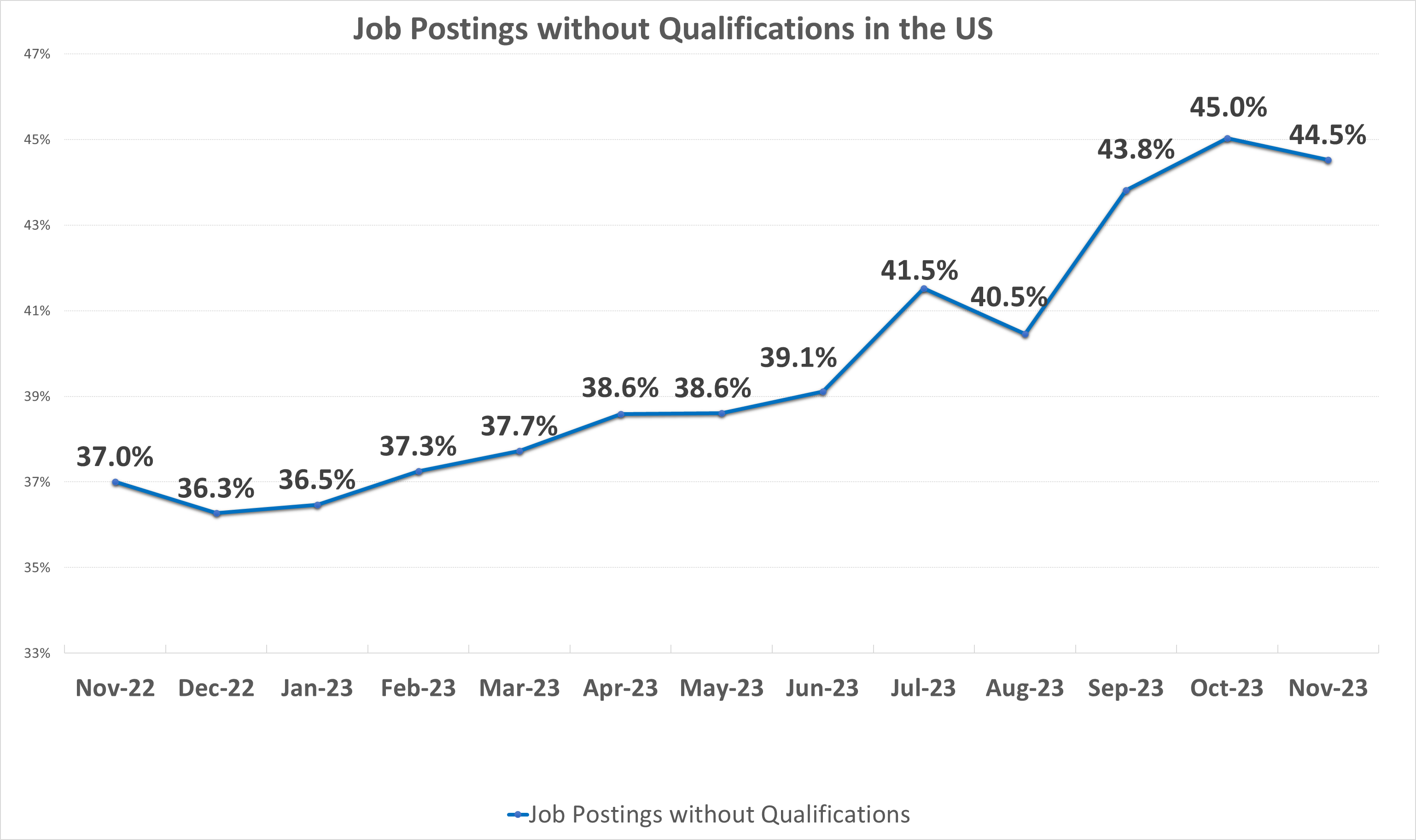The traditional reliance on job titles to attribute skills and seniority has become increasingly problematic. Organizational reliance on job titles goes beyond water cooler banter or semantics though — it negatively impacts a company’s ability to hire suitable talent and retain and promote internal employees.
There are conversations and headlines about skills shortages on an almost daily basis. For example, there’s a shortage of people with proficiency in the latest digital technologies such as generative AI, but you’ll probably never see a headline that directly mentions specific job titles such as Interoperability Principal Analyst II. The good news is that there are already tools on the market (like Claro Analytics!), that help organizations to easily transition to a more robust skills and proficiency-based HR operating model for hiring and internal mobility.
The job title mess hit a crescendo during the COVID-19 pandemic
In the wake of the pandemic, organizations scrambled to hire people due to soaring demand for talent. Many opted to trade short-term hiring gains for long-term HR problems. And we saw a raft of new titles like Chief Happiness Officers, Director of First Impressions, Head of Team Anywhere, Data Evangelists and so on. Another practice that grew in popularity was awarding inflated titles instead of compensation to reduce operating costs. Some suggested that giving an employee a manager or director-level job title might save around $15k or more in salary and that in a remote-first work environment, many employees would not have the ability to compare their compensation and titles. Now that the pandemic has ended, however, many job title and seniority decisions made in 2020 have emerged as formidable systemic HR blockers as we head into 2024.
Job titles stand in the way of systematizing HR
During the HR Tech Expo in October 2023, there was a narrative around systematizing HR in 2024 among attendees. The vision is clear, and the potential ROI is huge. Unfortunately, without fixing the job title mess we currently have, we can never systematize HR or conduct effective benchmarking.
Enter Claro, which is creating a new paradigm for HR systemization. Occupations are drilled down to three levels of granularity based on standardized O*NET codes, plus skills and proficiency levels. This replaces misleading job titles and the abstract concept of seniority. After all, nine years of experience could simply be one year of experience repeated nine times — something most employers would want to avoid (at all costs).
Leveraging generative AI to make better and faster business decisions
By establishing a common set of job titles used across various company job postings and aligning them with the diverse range of job titles individuals use on their online career profiles, AI can help organizations make quicker and more accurate decisions on talent. Not only does it enable better systematization of HR, but it also allows companies to do more accurate competitive benchmarking and talent supply and demand planning. And this is where Claro comes in. Our groundbreaking new AI-powered labor market reports are full of descriptive analytics, predictive and prescriptive analytics and illustrations that include historical trends and current labor market conditions to make more data-driven (and accurate) decisions about talent.
Save money and eliminate risk
Standardized occupation classifications and skills taxonomy provide clarity, encourage a fairer and more equitable operating model and help employees to better understand their current and future career paths. Hiring people at the correct organizational level also helps companies reduce artificial wage escalation due to exaggerated or inflated job titles. These fixes will aid in recruitment and retention by making sure the appropriate skills and proficiency levels that are required for specific jobs align with those of prospective candidates or current employees. By investing in a systematized HR occupational and proficiency framework, coupled with well-defined job descriptions, organizations will find it much easier to attract, retain and motivate the right talent.
Data supports the shift towards systematized HR
We've already seen a rise in organizations shifting their focus to a more holistic understanding of occupations, skills and experience. An occupational and skills-based hiring approach involves looking beyond job titles to understand what candidates have accomplished and what practical skills they possess. Incorporating these considerations not only aids in finding the right fit, but also promotes a more equitable and inclusive process.
Data supports the trend towards occupations and skills evidenced by a steady rise in the number of job postings in the US that don't mention qualifications such as academic degrees, certifications or licensure. The percentage of these job postings stood at 44.5% in November 2023, up from 37% in November 2022. This growing trend will undoubtedly continue given the backdrop of a shortage of qualified workers, especially people who possess new digital economy skills like generative AI.

The future of people decisions
Making people decisions based on occupations, skills, and proficiencies rather than company-assigned job titles or the vanity of ascribed seniority will enable organizations to work towards a more manageable and equitable way of scaling their systematized organizational HR model.
